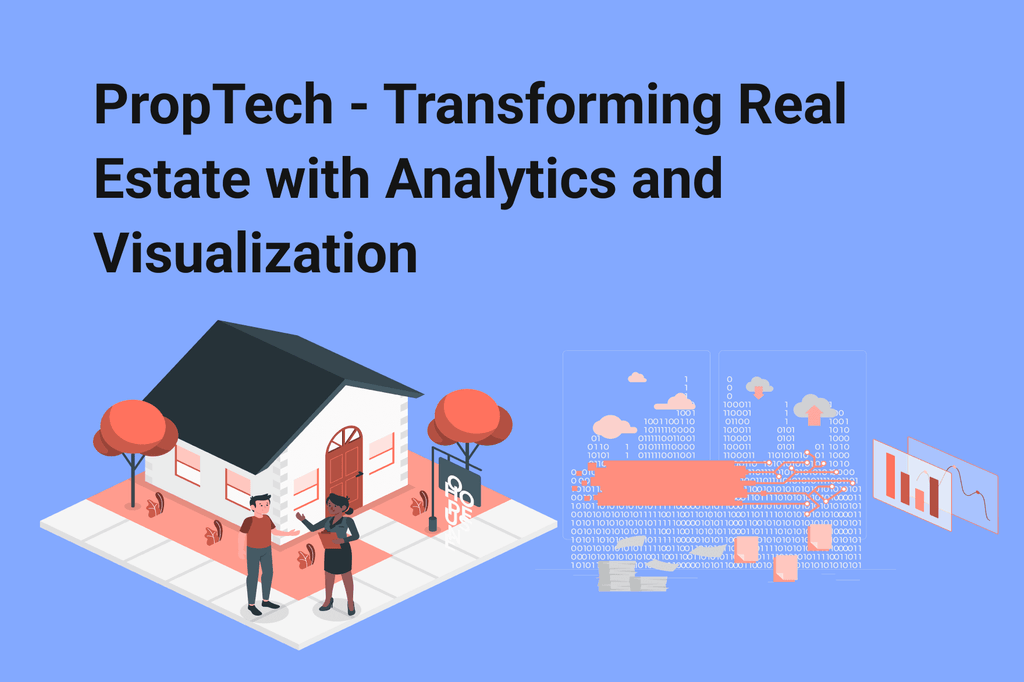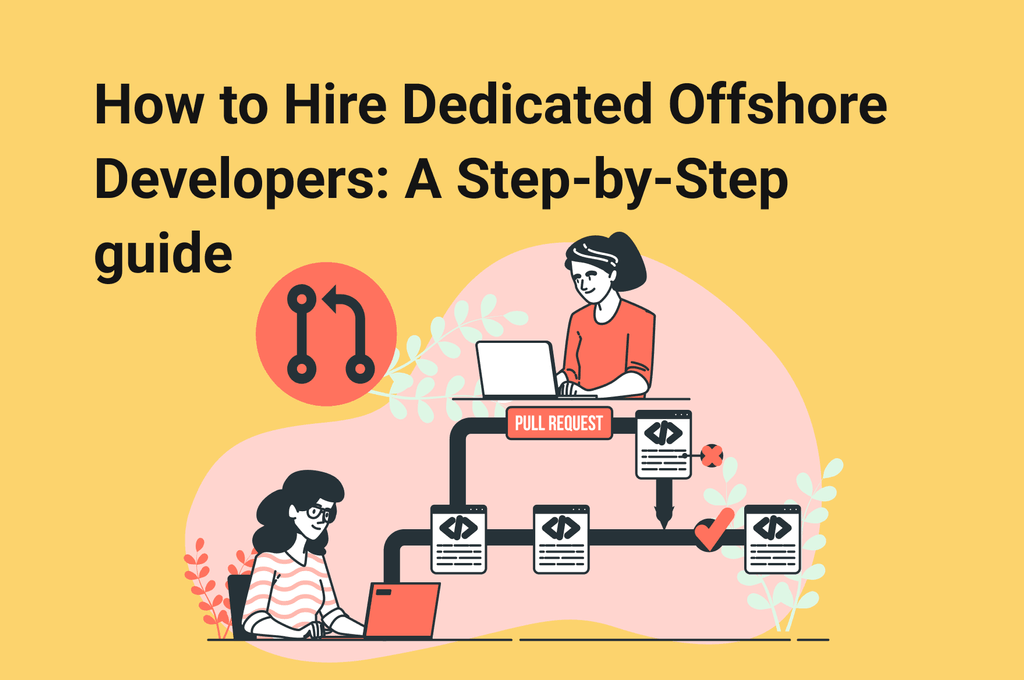
Download our report
We have provided information on the cost of launching an MVP for three projects of varying levels of complexity, enabling you to compare what each project entails.
FAQ
What are the key factors for a successful MVP?
The key characteristics of a successful minimum viable product are that it is small in scope, fast to release, and cheap to create. It will not create a significant negative impact when released into the market to see how it behaves.
Does an MVP need to be absolutely flawless?
It should not be so perfect as to preclude changes but should be able to solve the user's problem. Your audience will tell you what to fix and what to add. Many people mistakenly think that MVPs must be perfect as final versions of products, however, they should achieve your basic business needs and can be improved later on.
Is it possible to sell an MVP?
Selling an MVP is about maximizing the value of a minimal investment. The more precisely you understand your customers' requirements before delivering a finished product, the lower your risk.
Table of contents:
Want to estimate your app idea?




